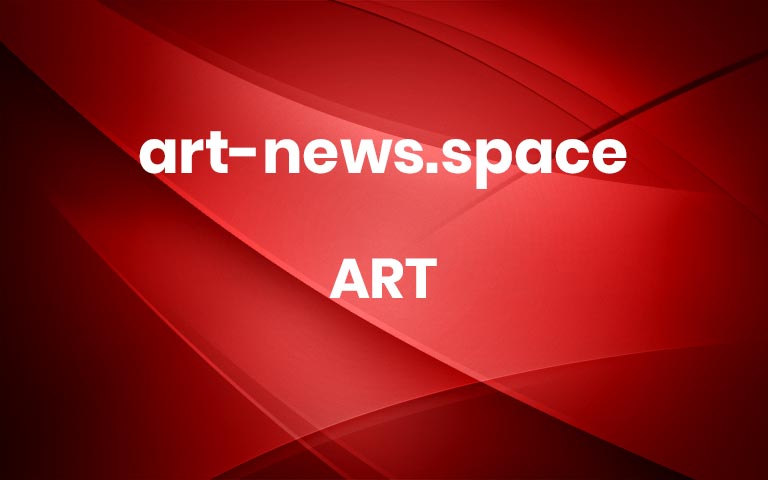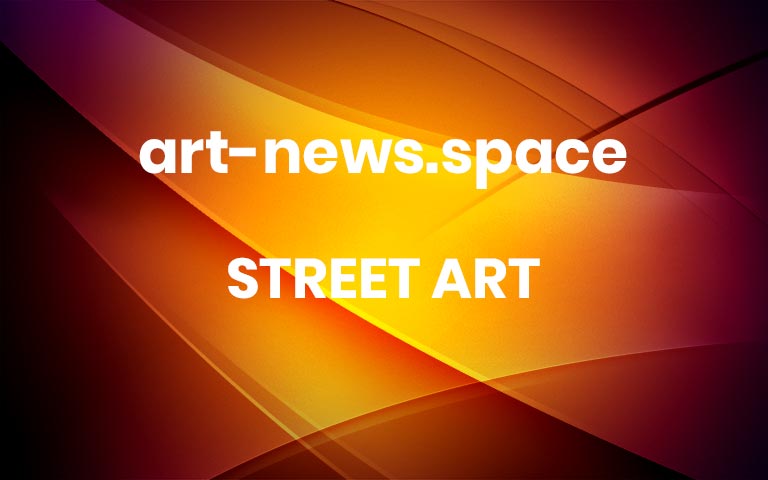Five Years in the Making, an MiG-21 Fighter Jet Gets a Glow-Up from Tens of Millions of Glass Beads
Photo by Mauricio Hoyos. All images courtesy of Ralph Ziman, shared with permission
Five Years in the Making, an MiG-21 Fighter Jet Gets a Glow-Up from Tens of Millions of Glass Beads
April 15, 2025
ArtHistorySocial Issues
Kate Mothes
Share
Pin
Bookmark
“We’re going to make stuff out of beads that is going to take people’s breath away,” says Ralph Ziman in the trailer for “The MiG-21 Project,” a military jet that he and a transcontinental team coated nose to tail in millions upon millions of glass beads.
For the past 12 years, the Los Angeles-based artist has examined the impacts of the Cold War Era and the global arms trade through a trilogy titled Weapons of Mass Production, motivated by his upbringing in Apartheid-era South Africa. More than half a decade in the making, “The MiG-21 Project” completes the series.
The first installment, “The AK-47 Project,” reimagined the aesthetic of one of the world’s most ubiquitous wartime weapons, the Avtomat Kalashnikova 1947, by coating dozens of the guns in colorful glass beads. The second project revolved around the Casspir, a heavy-duty Mine-Resistant Ambush Protected Vehicle (MRAPV) introduced in the 1970s, which he likewise ornamented in vibrant geometric patterns.
“The idea was to take these weapons of war and to repurpose them,” Ziman says, flipping the narrative about icons of violence and transforming them instead into symbols of resilience, collaboration, and collectivity. Vehicles and firearms morph into a theater of hope and strength in the face of a terrible 20th-century legacy.
Apartheid, which in Afrikaans means “separateness,” is the name assigned by the minority white-ruled Nationalist Party of South Africa to a harsh system of racial segregation that began in 1948. The period lasted until 1991 and was closely linked within the context of international relations to the Cold War as tensions erupted between the U.S. and the former U.S.S.R. Spurred by the deterioration of the two countries’ WWII alliance and fears about the spread of Communism into the West, the war began in 1947 and also ended in 1991 when the U.S.S.R. was dissolved.
During this time, the Russians produced a fighter jet called the Mikoyan-Gurevich MiG-21. The plane is “the most-produced supersonic fighter aircraft of all time,” Ziman says. “The Russians built 12,500 MiG-21s, and they’re still in use today—just like the Casspir and just like the AK-47s. But it’s one thing to say, hey, I want to bead a MiG, and then the next thing, you’ve got a 48-foot MiG sitting in your studio.”
The MiG-21 cockpit
“The MiG-21 Project” combines photography and costume design with historical research and time-honored Indigenous craft. The project encompasses not only the jet but a series of cinematic photographs and elaborate Afrofuturist regalia inspired by military flight suits, African tribal textiles, and space travel.
Ziman’s team comprises numerous skilled artisans from Zimbabwe and Indigenous Ndebele women from South Africa’s Mpumalanga Province, who are renowned for their beadwork. For the Ndebele, beadwork is a means of expressing cultural identity and rites of passage, taking on powerful political connotations in the 20th century as it became associated with pre-colonial African traditions and identity.
Tapping into the lessons of our not-so-distant past, Ziman addresses current conflicts like war and the global arms race, modern colonialism, systemic racism, and white supremacy through the lens of Apartheid. Funds raised throughout the process, part of the mission of the Weapons of Mass Production trilogy as a whole, are being donated to the people of Ukraine in support of the country’s ongoing conflict with Russia.
You’ll be able to see the “The MiG-21 Project” later this year in Seattle, where it will be on view from June 21 to January 26, 2026, at the Museum of Flight. Explore more on Ziman’s website.
Photo by Mauricio Hoyos
Photo by Mauricio Hoyos
“Hero Of Cuito Cuanavale,” Inkjet on Moab Entrada paper, 43 x 56 inches
Photo by Mauricio Hoyos
Detail of the MiG-21 cockpit
Photo by Mauricio Hoyos
“The Raider and Her MiG-21,” Inkjet on Moab Entrada paper, 43 x 56 inches
Photo by Mauricio Hoyos
Do stories and artists like this matter to you? Become a Colossal Member now, and support independent arts publishing.
Hide advertising
Save your favorite articles
Get 15% off in the Colossal Shop
Receive members-only newsletter
Give 1% for art supplies in K-12 classrooms
Join us today!
$7/month
$75/year
Explore membership options
Next article More




